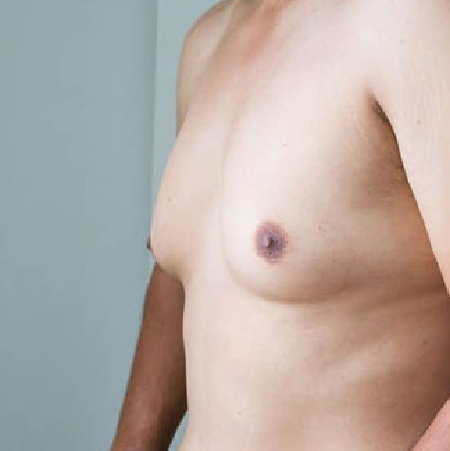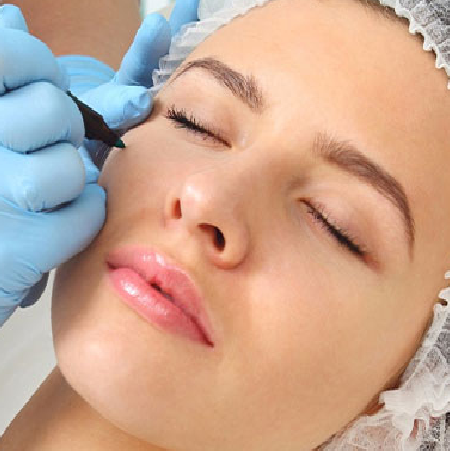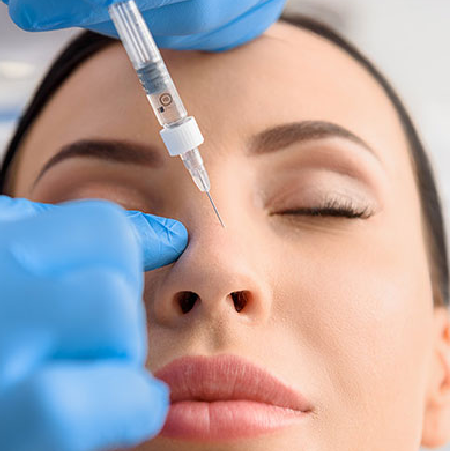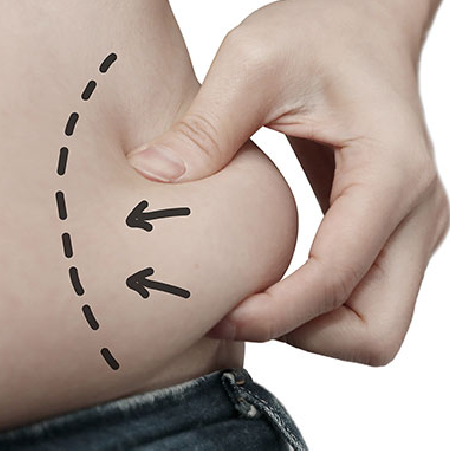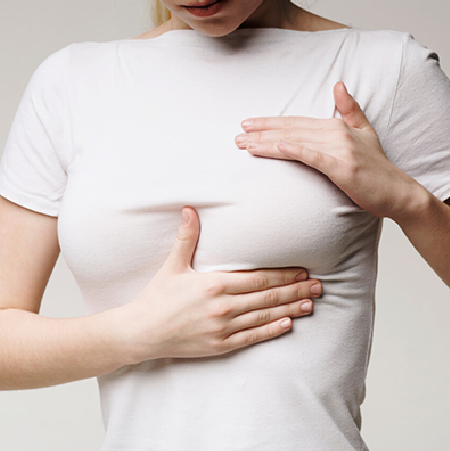After breast cancer surgery care
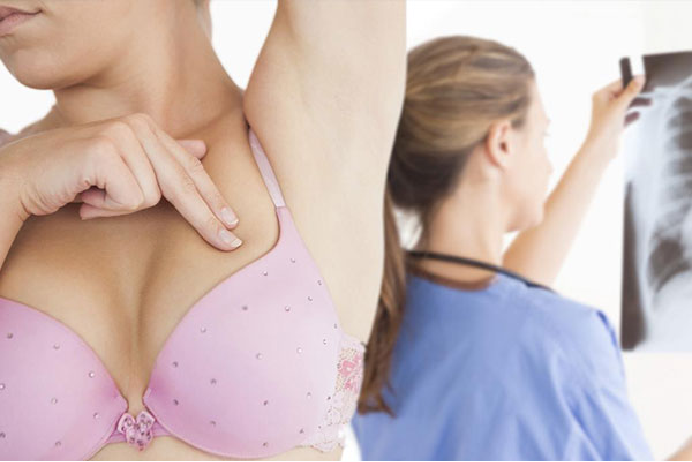
The importance of postoperative After breast cancer surgery care in facilitating recovery, mitigating the risk of complications, and bolstering psychological health cannot be overstated. This article serves as a thorough resource for those recovering from breast cancer surgery, explaining key considerations they should keep in mind.
Wound Care
In order to speed up recovery from breast cancer surgery and reduce the likelihood of infection, proper wound care is essential. Keep the incision area clean and dry and apply any prescription ointments or lotions as directed by your surgeon. Any rise in redness, swelling, warmth, or discharge should prompt a visit to the doctor.
Pain Management
Controlling discomfort after surgery is essential for a speedy and pain-free recovery. The medical staff will provide you with pain medicine to help you feel better. Follow your doctor’s orders and let them know if your pain level or other concerns change. Relaxation exercises, deep breathing, and the use of cold or hot packs are all examples of non-conventional pain management strategies that might be helpful.
Exercises after breast cancer surgery
– Roll your shoulders forward and backward in a circular motion with your hands.
– Gently raise your arms upwards, then relax the contracted position and lower them back down.
– Get your arms down by your sides, then raise them out to the sides and back down.
– To improve your chest flexibility, face a wall, place your hands on it at shoulder height, and slide down the wall. Slowly make a climbing motion with your hands along the wall.
– By standing in a doorway with your hands on the doorframe and your arms spread at shoulder height, you can effectively stretch your entire body. Leaning forward just a bit will help you loosen up your thoracic and pectoral muscles.
Exercises to Build Strength in the Arms and Upper Body
Forearm Curls: Grab a light dumbbell or resistance band and hold it in front of your body with your palm facing up. Raise the load to your shoulder by bending your elbow, and then return it to the starting position.
Raise a dumbbell overhead while holding it with one hand to work on your triceps. You should stretch your arm up and back after bending your elbow to lessen the weight behind your head.

Calming the Heart Rate
Walking: Walk for shorter periods at first, and then work up to longer walks if acceptable.
Low-impact cardio can be achieved by cycling on a stationary bike.
To perform pelvic tilts, a core-strengthening exercise, you must first lie on your back with your knees bent. Tilt your pelvis up and hold the position for a few seconds before relieving the pressure on your lower back.
Good posture while sitting or standing can help relieve abdominal cramping. Pull your belly button in towards your spine and hold for a few seconds to engage your abdominal muscles.
Stop exercising and see your doctor if you have any pain, discomfort, or other unexpected symptoms during or after your workout. They can tailor their advice and adjustments to your unique situation and need.
Lymphedema Management
Breast cancer surgery may cause lymphedema, which is swelling of the arm or hand caused by poor lymphatic drainage. Avoiding tight clothing or jewelry, maintaining excellent skin hygiene, and keeping a healthy weight are all effective preventative measures to take when dealing with lymphedema. Learn self-care practices that can help alleviate symptoms, such as light workouts, lymphatic massage, and the use of compression garments.
Emotional Support
The psychological toll of breast cancer treatment must be taken seriously. Anxiety, worry, grief, and concerns about one’s physical appearance are just some of the emotions that many people may experience. If you need help coping with your emotions, talk to friends and family, join a support group, or see a therapist. The advice and support of people who have been through something similar can be priceless.
Healthy Lifestyle Choices
Keeping up with healthy habits is good for your health and may lower your chance of developing cancer again. Eat more fruits and vegetables, complete grains, and lean proteins to maintain a healthy weight. Reduce your intake of alcoholic beverages and cigarette products and maintain a consistent exercise routine. Talk to your doctor about making any necessary changes to your diet or way of living.
A woman’s health and well-being depend on receiving excellent postoperative care after breast cancer surgery. Individuals can speed up the healing process and improve their quality of life by adhering to these crucial suggestions for wound care, pain management, physical activity, lymphedema treatment, mental support, and good lifestyle choices. Always check in with your doctor for individualized recommendations and support as you make your way back to health.
The process of progress after breast surgery can vary
depending on the specifics of the procedure and the patient, of course. However, for those considering breast surgery, here is a quick rundown of the typical post-op recovery and improvement stages:
Immediate Post-Operative Period
After breast surgery in Iran is over, you will be transported to the recovery area, where nurses and doctors will carefully watch your vitals and see to your urgent requirements.
You will be observed and given pain medication in case there are any difficulties or negative responses to the anaesthetic. Post-operative pain and discomfort will be managed with pain medication as needed.
Surgical incisions will be dressed, and detailed instructions on how often to change the dressing will be given. Care for the incision site may include keeping it clean and dry and applying any ointments or creams that were recommended by your doctor.
Drains: If tubes were inserted during surgery to drain excess fluid, they will remain in place afterward. The medical staff will explain how to clean and maintain the drains.

Hospital Stay or Discharge
The length of time one needs to recover from breast surgery varies not only by the complexity of the procedure but also by the patient themselves. While certain surgical treatments necessitate an in-hospital stay, others can be done as same-day or even outpatient procedures.
During your time in the hospital, your vital signs will be monitored, pain will be managed, and your progress will be evaluated. They will make sure you are ready to go home and give you any discharge instructions you may need.
Early Recovery at Home
Postoperative pain can be managed with the help of prescription pain relievers. You should take your medication as directed and at the right times, and let your doctor know if your pain level increases or decreases.
Dressing changes and keeping the incision area clean and dry should be performed as directed by your surgeon. Increases in redness, swelling, temperature, or discharge should prompt a visit to the doctor.
Restrictions on Physical Activity Your surgeon may give you instructions on how to care for yourself physically, including whether or not you should carry anything heavy or perform any intense activity. It’s crucial that you adhere to these limitations and gradually increase your activity level as instructed.
Scheduled follow-up sessions will allow your surgeon to check in on your recovery, remove sutures or staples, and answer any questions or concerns you may have. These check-ins are crucial for keeping tabs on your progress and planning out your next steps in treatment and therapy.
Long-Term Recovery and Progress
Scar Management and Surgical Wound Recovery Time Surgical wounds heal and scars lighten or disappear over time. To hasten your recovery, it’s best to use scar creams or silicone sheeting as your physician suggests.
Your doctor may suggest rehabilitation or physical therapy to help you regain your strength, mobility, and flexibility after an injury or illness. Exercises, stretches, and other forms of physical therapy may fall into this category.
Well-Being and Emotional Support Breast surgery can have a significant impact on a woman’s emotional and psychological health. If you’re struggling with emotional distress or dissatisfaction with your physical appearance, talk to someone you trust, join a support group, or visit a therapist.
Long-Term Checkups Your surgeon will continue to assess your progress and general breast health at routine checkups. These checkups are crucial for spotting problems or recurrences in their earliest stages.
What happens after breast surgery?
Several things can happen during the healing process after breast surgery, such as a lumpectomy, mastectomy, or breast reconstruction. Some typical outcomes following breast surgery include:
Healing of the wound will start at the incision site. Depending on the nature and complexity of the procedure, the time required for full recovery can range from a few weeks to several months. Proper recovery requires according to your surgeon’s recommendations for wound care, keeping the area clean and dry, and scheduling and following follow-up appointments.
Extra fluid during surgery can be removed with the help of drainage tubes, which are sometimes put in the area. Depending on the patient’s recovery, these tubes are usually taken out anywhere from a few days to a week after surgery in order to minimize fluid buildup.
Discomfort and Pain Swelling and pain are common side effects of breast surgery. Post-operative pain medication will be prescribed by your healthcare team. These signs and symptoms should fade away over time as healing takes place.
There may be physical limitations on your ability to do some things in the early stages of recovery, and these limitations will vary based on the kind of your operation and the amount of tissue that was removed. In order to avoid complications and promote rapid recovery, your surgeon will give you detailed instructions on how and when to resume normal activities including lifting, reaching, and stooping.
Regular follow-up consultations with your surgeon are necessary so that he or she can check on your recovery, remove any sutures or staples, evaluate how well your incision is healing. These checkups also provide you and your doctor a chance to talk about what comes next in your treatment or whether or not you need additional therapies like radiation or chemotherapy.
Emotional support Breast surgery can have a profound effect on a person’s mental and emotional health. It’s not uncommon to struggle with emotions like worry, depression, low self-esteem, or difficulty adjusting. To better manage these feelings, it may help to reach out for emotional assistance from friends, family, support groups, therapists, or counselors.
Depending on the nature of the surgery and the patient’s unique requirements, a course of rehabilitation or physical therapy may be suggested. Should the need arise, these programs can also provide instruction on how to manage lymphedema, which can aid in the restoration of strength, mobility, and function in the affected shoulder and arm.
If breast reconstruction is to be performed as part of treatment, it may be necessary to undergo more procedures and take more time for recuperation. Understand the full reconstruction process by talking to your surgeon about the exact timetable and expectations.
What happens following breast surgery might vary from patient to patient, as can the specifics of one’s healing experience. It’s important to keep all of your post-surgery appointments, listen to your doctor’s advice, and let him or her know if you’re experiencing any unusual symptoms. Most people may heal physically, emotionally, and psychologically from breast surgery, and return to a regular life with time and care.
Eating and drinking after breast surgery
After undergoing breast surgery, it is crucial to take care of your body nutritionally and drink enough of water. General recommendations regarding what to consume after breast surgery are as follows:
Keep Yourself Well-hydrated by Consuming Sufficient Fluids Throughout the Day. Constipation is a typical side effect of pain drugs; maintaining an adequate water intake might help mitigate this problem. Unless otherwise directed by your doctor, you should aim to consume 8-10 glasses of water daily.
Support your body’s healing process by eating a balanced diet that features a wide range of nourishing foods. You should prioritize including the following foods in your diet:
Consuming sufficient amounts of protein is critical for proper tissue maintenance and healing of injuries. Toss in some lean meats, seafood, eggs, tofu, beans, and dairy products.
Eat a rainbow at every meal by include a wide range of fruit and vegetable options. They help the body repair and strengthen the immune system by supplying necessary nutrients.
Brown rice, quinoa, whole wheat bread, and oats are all examples of whole grains that you should eat. The fiber in them can help keep you from being sluggish or constipated.
Eat foods high in healthful fats, like avocados, nuts, seeds, and olive oil. These offer anti-inflammatory necessary fatty acids.
Restrict Your Intake of Processed Foods: Eat fewer packaged meals and snacks, and drink less sugary beverages. These foods have been linked to inflammation and other health problems, and they may slow the healing process.
Adequate caloric intake: recuperation and healing take energy from within. Be sure your caloric intake is sufficient to meet your demands. However, it’s vital to find a happy medium and avoid consuming too many calories, as weight growth may not be desirable for certain people.
If you have less of an appetite or experience nausea following surgery, eating smaller, more frequent meals throughout the day may help. This method may facilitate digestion and give therapeutic nutrients in a continuous stream.
Constipation after surgery is frequent and can be caused by a number of factors, including pain medication and reduced physical activity. Fiber-rich foods, such as whole grains, fruits, vegetables, and legumes, can aid in keeping bowel movements regular. In addition, drinking enough of water and doing some light exercise can make digestion easier.
Vitamins and other nutritional supplements: Your doctor may suggest certain ones for you, depending on your condition. If they recommend taking a supplement to help with your recovery, do what they say.
Always check in with your doctor or a trained dietitian for individualized nutritional advice that takes into account your health history, current symptoms, and dietary limitations. After breast surgery, they can help you get back on rack nutritionally and in general.
Whether or not you decide to wear a bra or an artificial breast shape after breast surgery depends on a number of things, including the type of surgery you had and your own personal preference. After breast surgery, there are a few things to think about when it comes to bras and breast prostheses:
Bra Selection
Bras for After Surgery: Your doctor may advise you to wear a post-op bra or compression garment right away. These bras not only aid in the healing process but also give support and help prevent swelling. Listen to your doctor’s advice on how long and what kind of bra to wear after surgery.
Comfort and Support: You can start wearing ordinary bras again once you’ve healed enough. Choose wire-free bras made of supple, breathable fabric for ease of wear and light support. Search for bras that have closures and straps that can be adjusted for a personalized fit.
Pocketed Bras: Some bras are constructed with special compartments to safely accommodate breast prostheses or breast shapes. These bras help to conceal the prosthesis and create a more natural look.
Artificial Breast Shapes
Breast Prostheses: Artificial breasts, often known as breast prostheses, are a cosmetic solution for women who have lost one or both of their natural breasts. Breast prostheses come in a variety of materials, such as silicone, foam, and fiberfill. For assistance in finding the right prosthesis, talk to a doctor who specializes in caring for patients after breast surgery or a certified mastectomy fitter.
Prosthesis Fit: Choosing a breast prosthesis that is a good shape, size, and weight match for your natural breast is essential. The confidence and ease of use that come from having a prosthesis that fits you like a glove are invaluable.
Prosthesis Placement: You can wear a prosthesis in a pocketed bra or connect it to your chest wall with adhesive strips or a bra designed for that purpose. For advice on how to put on your prosthesis after a mastectomy, look to the manufacturer’s instructions or a trained professional.
Individual Preference and Comfort
Personal Choice: Wearing a bra or using a breast form is a choice that each individual must make for themselves. Some people feel most secure and in control without wearing a bra or prosthesis, while others think that doing so enhances their sense of well-being.
Body Image and Emotional Well-being: The psychological and emotional effects of breast surgery on the patient are not to be underestimated. Bras and other forms of breast augmentation can help restore balance and normalcy. However, you should put your own ease and happiness ahead of what others think is appropriate or expected of you.
After breast surgery, it’s important to talk to a professional who can help you find the right bra and prosthesis for your body. This might be your doctor, a breast care nurse, or a certified mastectomy fitter. You may feel confident and at ease during your rehabilitation and beyond with the advice they provide, which is tailored to your individual needs, body type, and way of life.



